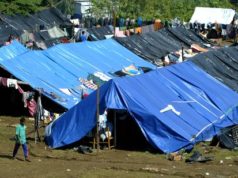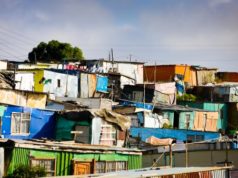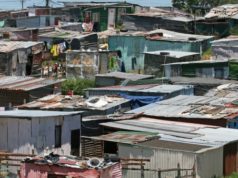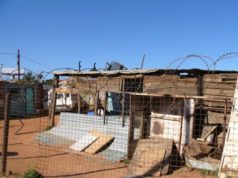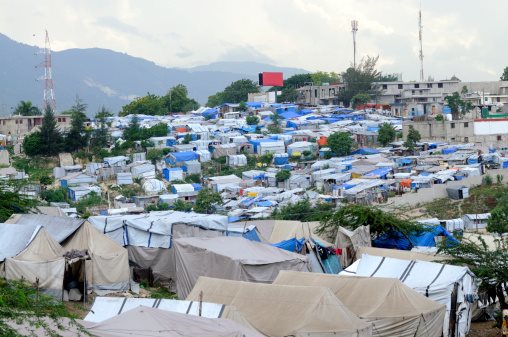
Ethiopia Refugees: A Tragic Reality of Forced Displacement
Ethiopia is home to one of the largest refugee populations in Africa. Due to ongoing conflict and political instability, millions of people have been forced to flee their homes and seek refuge in neighboring countries. This article will explore the situation of Ethiopian refugees, the challenges they face, and the efforts being made to support them.
The Scale of the Problem
According to the UNHCR, there are currently over 2.7 million Ethiopian refugees worldwide, making Ethiopia the second highest refugee-producing country in Africa, after South Sudan. Most Ethiopian refugees are hosted in neighboring countries such as Sudan, Kenya, and Uganda. However, smaller numbers have been resettled in various other countries around the world, including the United States, Canada, and Australia.
Reasons for Displacement
Ethiopia has been plagued by conflict for many years. In the north of the country, the Tigray conflict erupted in 2020, leading to widespread displacement and human rights abuses. The situation has been further complicated by the government’s response, which has led to allegations of ethnic targeting. In other parts of the country, inter-communal violence, political oppression, and economic insecurity have also driven people from their homes.
Challenges Facing Ethiopian Refugees
Refugees face a range of challenges, including a lack of access to education, healthcare, and employment opportunities. Many refugees have been separated from their families, and some have experienced trauma and violence in their home country and during their journey. The COVID-19 pandemic has added further challenges, with refugees suffering disproportionately from the economic impact of lockdowns and travel restrictions.
Efforts to Address the Crisis
The Ethiopian government has made efforts to address the crisis, including hosting numerous high-level conferences aimed at raising awareness and coordinating support. The UNHCR and other humanitarian organizations are working to provide aid and assistance to refugees, including healthcare, shelter, and education. Programs have also been established to help refugees find employment and become more self-sufficient.
Conclusion
The situation facing Ethiopian refugees is a tragic reality of forced displacement. Millions of people have been driven from their homes due to conflict, violence, and political instability. While the international community, local governments, and humanitarian organizations are working to address the crisis, the ongoing conflict and displacement highlight the need for a sustainable, long-term solution to the underlying issues driving people from their homes.
International relief agencies concluded that over 1,000 African refugees from Ethiopia entered Somalia refugee camps on a daily basis. Many of the refugees were women and refugee children. These refugee children were not granted as much access as other African refugees but the American Red Cross tried to provide access to educational programs at these African refugee camps. At times, even African refugee adults were granted the privilege of being able to take adult educational classes. Due to widespread poverty, this perk was rare.
Meanwhile, in the Ogaden, international relief agencies estimated the number of Ethiopian refugees entering Somali refugee camps at more than 1,000 a day. A large number of the Ethiopian African refugee population who suffered from dehydration, malnutrition, and deadly malaria were refugee children. Without access to many government funds, 26 African refugee camps were quickly set up with a bare minimum of necessities: they were home to roughly 700,000 men, women, and refugee children.
Conditions for these refugee children, men, and women, worsened as time passed. By 1985, it was widely agreed that this crisis was one of the world’s worst and most dire. The crisis continued to escalate. This time, some 2.5 million refugees left their homes and fled to areas in neighboring countries that were considered to be safer for themselves and their refugee children.


